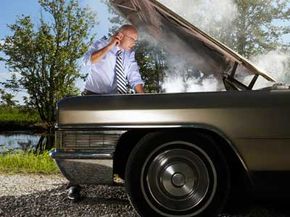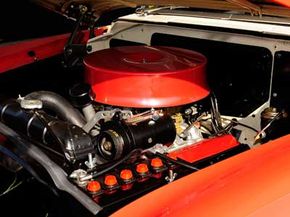Let's say you're road tripping your way across America. One particularly flat state offers unending views of the horizon, and not one fast-food sign is in sight. No worries. Just throw some grub on the car engine, and by the time you cross the state line, you've got dinner.
Cooking on your car's engine may not be the most efficient or economical way to cook if you're just hanging out at home. You have to get on the road to heat up the engine, and who wants to waste the gas money? But if you're driving a long distance anyway, cooking on your engine provides a quirky culinary challenge. Some foods are easier to prepare on your car engine than others, but nearly any food can be heated up to a tasty meal.
Advertisement
Engines often don't seem like particularly clean surfaces, which is why some people find the idea of using one as an oven unappetizing. But if your engine is in good working order and you wrap your meal thoroughly in aluminum foil, no one should ever suspect it was prepared under the hood.
Engines generate a great deal of heat, and capturing that heat to use for cooking is a relatively straightforward process. Any engine that's in good repair is suitable for cooking. If your car has exhaust system problems, the exhaust fumes may remain in the engine area. While it won't affect your health to eat food prepared on such an engine (unless you cook this way on a regular basis), it might affect the flavor. Exhaust problems aren't good for your car or the environment anyway, so you might as well have those issues repaired.
With your car in good working order and your stomach rumbling, you're ready to cook. But how?
Advertisement














